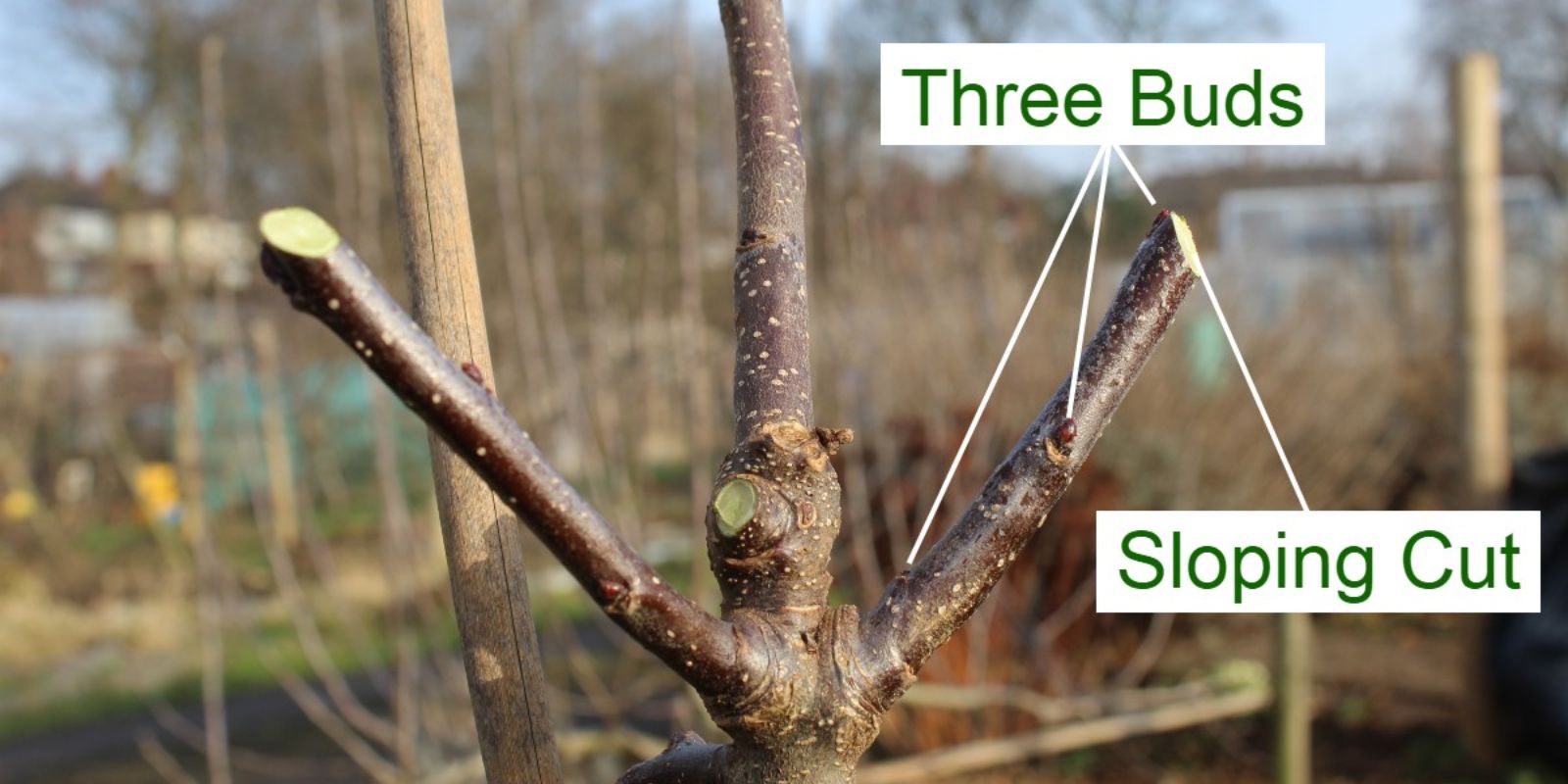Pruning is a vital gardening skill that ensures the health, structure, and productivity of your pear and apple trees. For standard-size fruit trees, proper pruning techniques are essential to manage their large size, encourage quality fruit production, and maintain their longevity. Whether you are a seasoned gardener or a beginner, this comprehensive guide will walk you through the process of pruning standard-size pear and apple trees effectively.
Why Prune Pear and Apple Trees?
Pruning offers several benefits to fruit trees, including:
- Enhanced Air Circulation: Properly pruned trees allow better airflow, reducing the risk of fungal diseases.
- Improved Sunlight Exposure: Removing overcrowded branches ensures that light reaches all parts of the tree, promoting healthy growth and fruit development.
- Controlled Size and Shape: Pruning keeps trees manageable for harvesting and supports a strong structure.
- Higher Fruit Quality: Eliminating excess or unproductive branches directs energy to fruit-bearing branches, resulting in better yields.
When to Prune Pear and Apple Trees
The best time to prune standard-size pear and apple trees is during their dormant season, typically in late winter or early spring. Pruning during dormancy minimizes stress on the tree and allows wounds to heal before the growing season begins. Avoid pruning during freezing temperatures, as cuts may not heal properly.
Tools You’ll Need
Before starting, gather the following tools:
- Sharp Pruning Shears: For small branches.
- Loppers: For medium-sized branches.
- Pruning Saw: For larger limbs.
- Ladder: For reaching high branches safely.
- Gloves and Eye Protection: To protect yourself from debris and thorns.
Step-by-Step Guide to Pruning Standard Pear and Apple Trees
1. Begin with an Inspection
Examine the tree for dead, diseased, or damaged branches. Identifying these will help you prioritize cuts and understand the tree’s overall structure.
2. Remove Dead and Diseased Wood
Deadwood is non-productive and can harbor pests or diseases. Cut it back to the branch collar (the swollen area where the branch joins the trunk) without leaving stubs.
3. Eliminate Suckers and Watersprouts
- Suckers: Shoots growing from the base of the tree.
- Watersprouts: Thin, vertical shoots growing along branches.
Both siphon energy from the tree without contributing to fruit production, so remove them completely.
4. Thin Out Overcrowded Branches
Branches that rub against each other or grow inward can create congestion, which limits airflow and sunlight. Remove the weaker branch in any crossing pair and thin out inward-growing branches to maintain an open canopy.
5. Shape the Tree
Depending on the type of tree, you will use one of two pruning methods:
- Central Leader System: A single dominant vertical trunk with well-spaced lateral branches radiating outward.
- Open Center System: A vase-shaped tree with no central leader, commonly used for pear trees.
To maintain these shapes, focus on cutting back overly vigorous branches and guiding growth in the desired direction.
6. Cut Back Overly Long Branches
Long, spindly branches are less productive and prone to breakage. Shorten them to a manageable length to encourage lateral growth and strengthen the tree structure.
7. Focus on Bud Position
Always prune just above an outward-facing bud. This ensures that new growth will extend outward, promoting an open and airy canopy rather than crowding the center of the tree.
8. Address Low-Hanging and Shaded Branches
Branches too close to the ground or heavily shaded are often unproductive. Remove these to conserve energy and focus on healthier, more exposed branches.
9. Check Your Progress
Step back periodically to observe the tree’s shape and balance. Avoid over-pruning, which can shock the tree and result in excessive watersprout growth.
Aftercare for Pruned Trees
- Clean Up Debris: Dispose of removed branches to prevent disease spread.
- Seal Large Cuts: If necessary, use a tree sealant to protect large wounds from pests and diseases.
- Monitor Growth: In the weeks following pruning, keep an eye on new growth and adjust as needed.
Common Mistakes to Avoid
- Over-Pruning: Removing too much at once can stress the tree and reduce fruit production.
- Leaving Stubs: These can rot and invite pests. Always cut back to the branch collar.
- Pruning at the Wrong Time: Avoid summer pruning unless you’re removing suckers or watersprouts.
Benefits of Proper Pruning
- Increased Fruit Yield: By directing the tree’s energy to productive branches, you’ll enjoy a higher-quality harvest.
- Longer Tree Life: A well-pruned tree is healthier and less prone to damage.
- Simpler Harvesting: Keeping the tree manageable in size makes picking fruit easier and safer.
Final Thoughts
Pruning standard-size pear and apple trees may seem daunting, but with practice, it becomes a rewarding part of orchard care. Regular pruning ensures your trees remain healthy, productive, and aesthetically pleasing. By following these steps and observing your tree’s growth patterns, you can enjoy abundant harvests year after year.
Motivational Call-to-Action:
Ready to take your pruning skills to the next level? Try these techniques and share your results in the comments! Let’s grow healthy and fruitful trees together! 🌳🍎🍐
#PruneForSuccess #FruitTreeCare #AppleTreePruning #PearTreePruning #GardeningTips #HealthyHarvests #OrchardGoals

